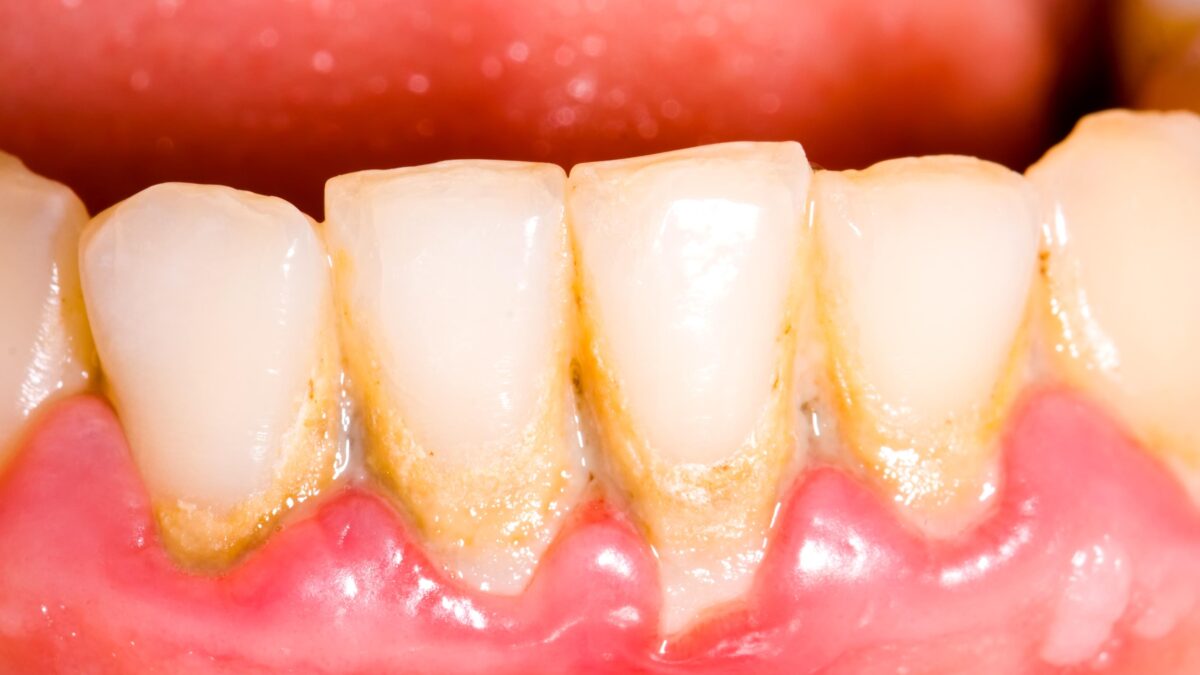
What is Dental Plaque, and How to Get Rid of It?
Dental plaque is a sticky biofilm composed of bacteria, saliva, and food debris that adheres to the surfaces of teeth. It is the primary cause of tooth decay and gum disease and can contribute to bad breath and other oral health issues. If not removed, plaque can harden and calcify into tartar, which can only be removed by a professional.
Good oral hygiene is essential in preventing plaque formation. Brushing and flossing twice daily and using an antibacterial mouthwash can help reduce plaque buildup. Regular dental checkups and professional cleanings are also crucial for removing plaque before it can cause damage. If you have plaque formation on your teeth, it is best to contact Fishers, IN dentist.
What is dental plaque, and how to get rid of it?
Plaque is composed of several different types of bacteria, including Streptococci, Lactobacilli, and Actinomyces. These bacteria feed on carbohydrates and produce acids that can erode the enamel of teeth. The bacteria can also cause bad breath, gum irritation, and inflamed gums. If plaque is allowed to accumulate, it can form a hard, calcified deposit called tartar. Tartar cannot be removed with brushing and flossing and must be removed by a professional.
Plaque can be prevented by practicing good oral hygiene, such as brushing and flossing twice daily and using fluoride toothpaste. Limiting sugary and starchy foods is also important, as they can feed the bacteria that cause plaque. Regular dental visits are also important; during these visits, the dentist can remove any plaque that may have built up on the teeth.
Plaque can be difficult to see, but it can be detected by a professional dental examination. The dentist can also check for signs of gum disease, such as redness, swelling, and bleeding. Treating gum disease can help to prevent the buildup of plaque and tartar.
How to get rid of plaque?
- Brush and Floss Regularly
Brushing and flossing are the best ways to reduce plaque buildup on your teeth. You must clean your teeth twice every day with fluoride toothpaste and a soft-bristled toothbrush. Floss at least once a day, using a waxed dental floss to remove plaque between your teeth.
- Use Mouthwash
Using an anti-plaque mouthwash can help reduce plaque and freshen your breath. Look for a mouthwash that contains antibacterial ingredients like chlorhexidine or essential oils like menthol and eucalyptus.
- Eat Healthily
Certain foods can help reduce plaque buildup. Foods high in fiber, like fruits, vegetables, and whole grains, can help remove plaque from your teeth. Eating crunchy foods like apples, carrots, and celery can also help clean your teeth.






